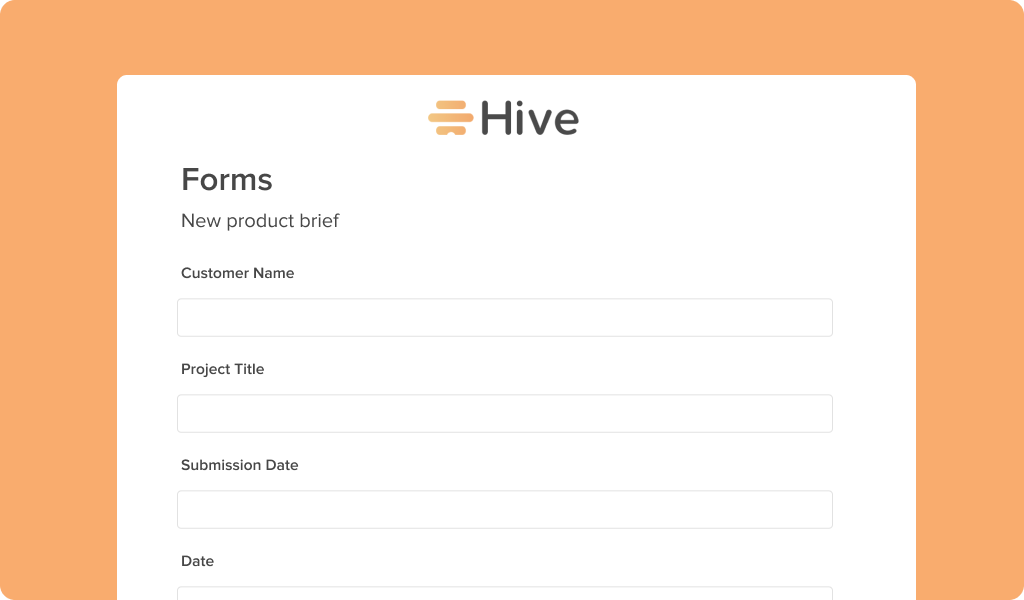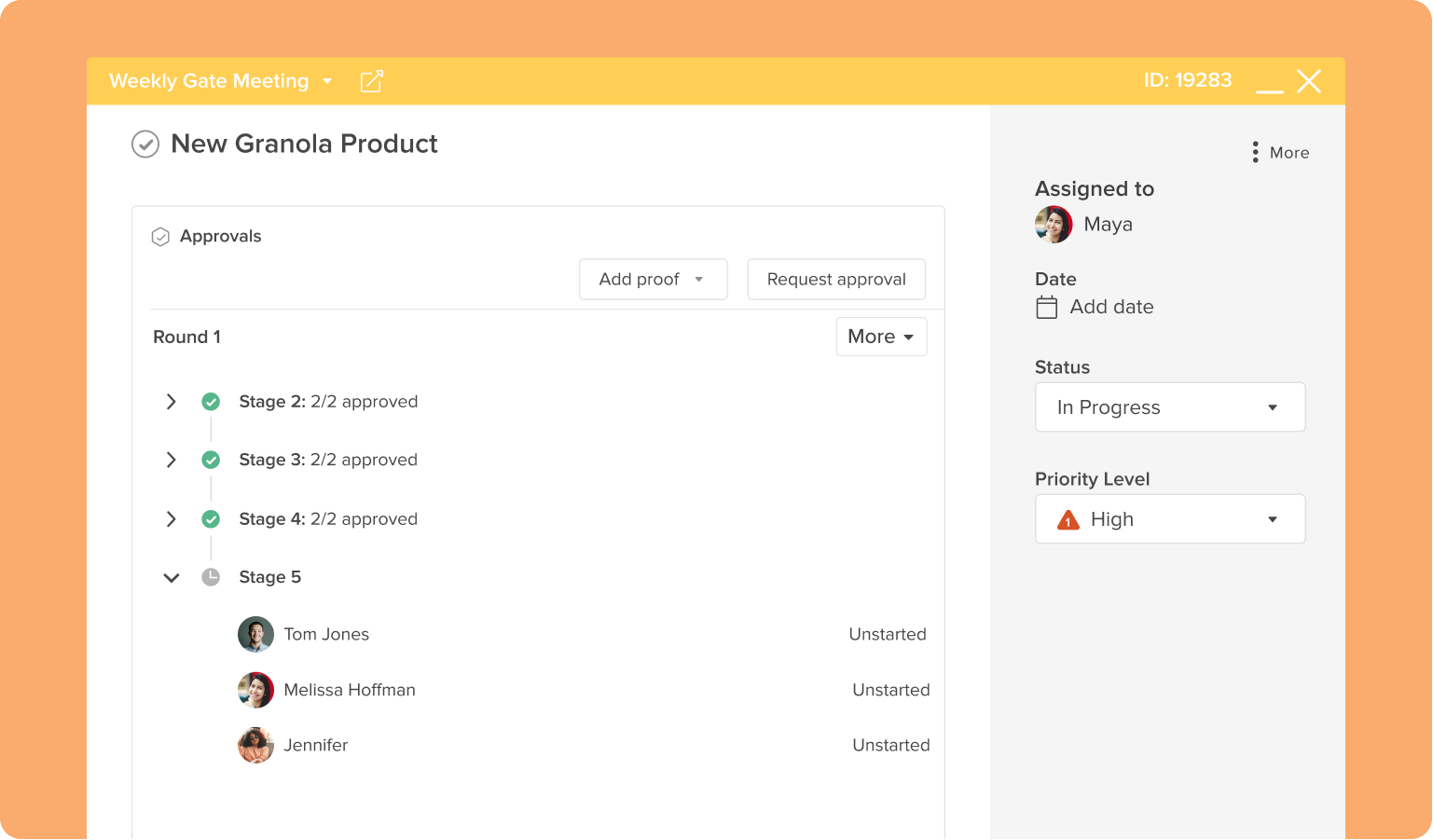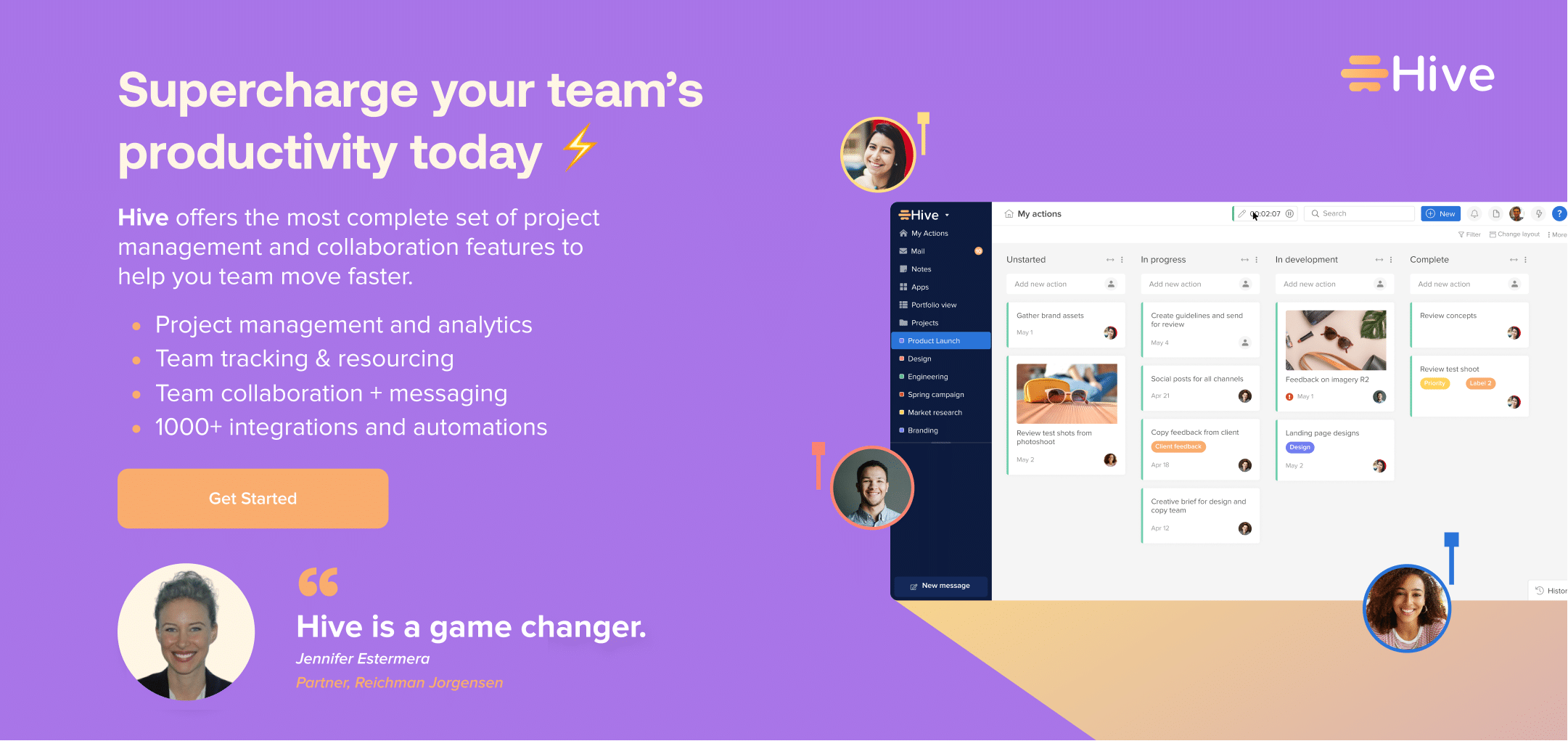
How Pioneer Foods UK Manages New Product Development with Hive
Pioneer Foods UK is the leading producer of breakfast cereals and fruit-based snacks in the United Kingdom. With three manufacturing facilities in England, the company makes its own Branded products, plus white label products for leading retailers in the UK and across the world.
Why Pioneer Foods UK chose Hive
When Pioneer Foods UK recognized its need to improve visibility, streamline product delivery, and enhance reporting, the company began looking at project management tools on the market. Hive was a great fit because as well as supporting Pioneer Foods UK’s highly structured product development process, it’s also an intuitive, user-friendly platform and very easy for employees to adopt.
Ease-of-use was crucial for an organization where most people have manufacturing backgrounds and are often unfamiliar with using software platforms in their day-to-day roles. It was also key to have a tool that would enable product development teams to demonstrate progress to the senior leadership team particularly around project approval and sign-off. Visibility over resourcing was also essential for both the product development and senior leadership teams. Hive’s easy-to-use functions enable users to manage approvals, oversee resourcing and generate reports in just a few clicks, which is ideal for the manufacturer’s needs.
Today Hive is being used by every department at Pioneer Foods UK, whether it’s just one person or the entire team. This universality allows for input and optimized collaboration between everyone at the company from customer service to demand planning and engineering.
We talked with Annika Campbell, Project Manager of New Product Development (NPD), to learn how her team – and the wider organization – uses Hive to bring its new products to life.
Managing the product development process in Hive
Pioneer Foods UK uses a strict stage gate process to develop new products from start to finish. Following a waterfall approach, each stage in the process begins with sign-off from the leadership team – this acts as a “gate” which unlocks all of the actions for that specific stage after approval.
The company’s stage gates typically represent points where the business would need to invest more money in a project or would need to clear a hurdle before being able to move forward.
Here’s how it works, step by step:
1. Briefs are submitted via Hive forms
When the Commercial or Sales team has a request for a customer, usually a supermarket or other brand name, they submit a brief via a Hive form. This simple form captures vital information such as customer name and details, project title, submission date, and the stage at which to start development. They also attach an excel document which includes the full project brief.

The beginning stage will depend on how much work the project requires and the complexity of the project. For example, Stage 0 is for ‘blue sky’ products that are completely new. Stage 1 is the next stage of development, but these are products that have been created before in some capacity. For example, this could be a new flavor in an existing granola line. At this stage, much of the information already exists, but it does require additional research and development.
Projects that begin at Stage 2 will require less development work, and could be something like a packaging redesign or providing an existing product to a new customer.
2. Utilizing project templates and nesting
Once the brief form has been submitted, the new project is populated accordingly based on a master project template. Each project has a template containing 420 actions, bucketed out into Stages 0-5. Once the template has been applied, Annika and her team can manually remove any actions that don’t apply to the project.
When submitted briefs are for more than one item, Pioneer Foods UK utilizes Hive’s project nesting capabilities For example, suppose the parent project is granola, but then different types of granola are nested within it (fruit and nut, protein, etc.). In that case, they are listed as child projects, each with its own timeline and set of 420 actions.

3. Reviewing approvals in a “weekly gate meeting”
When all necessary actions are completed and a project is ready to move to the next stage, the project template will prompt users to submit another form with the corresponding brief. These form submissions funnel into a project called ‘Weekly Gate Meeting,’ where Annika and any other assigned approvers will examine the project and decide if it’s ready to move forward.
Before we sign off as a business, we send a brief to all of the department leaders who might know of possible issues or anything they think can help. Hive lets us do all of this in one place, so we can easily see who has approved and who has comments. – Annika Campbell
We are either asking them to add a comment into the approval or on the actual brief that is attached. So either way we can then pick up commentary on whether or not there’s any issues with that going through the business or anything that they think can help. So everyone is a leader in their department that will need to be able to see it. And we would like their commentary or to approve it before it goes through.

This allows everyone within the business that wants to look at that brief to provide comments and approve it before the business signs off and agrees to move forward to the next stage. Feedback goes directly into the action card, and every stage goes through this approval process before it’s completed.
Everybody in those weekly gate meetings is now able to share how we’re moving on with projects and can summarize everything very quickly and easily. This improves visibility and gives everyone access, not just leadership. – Annika Campbell
4. Action dependencies are handy for keeping projects on track
In a project, there are typically tasks that cannot be started until other actions have been completed. Nearly every action is dependent on other actions in some way, shape or form.
Using Hive’s dependencies function enables the team to link dependent actions in the appropriate order. This means that future tasks will not be unlocked until all the necessary tasks have been completed beforehand and the previous gate is marked for approval. For example, actions in stage three will not be released until gate three is approved.

5. Giving everyone a tool for reporting and forecasting
In addition to managing daily project-related tasks, Hive helps Pioneer Foods UK forecast and plan future project timelines. With Hive, Annika and her team can manage the pace at which they are moving compared to deadlines, which is helpful for keeping the team on track and managing customer expectations. Having visibility over projects at their different stages also helps the company identify pinch points in the process and attribute extra resources where required.

Hive has also extended reporting capabilities to everyone on the team, not just senior leadership. Instead of asking management and leaders like Annika to provide statistics and numbers, individuals have access to all of the information they need in Hive. Everyone can pull what they need themselves, rather than wasting time searching for the right figures.
Before Hive, people would say ‘Annika, can you just get me those figures?’ Now I tell them to look in Hive. Just click a button and the setup is all there for you. Everyone can pull together the information they need, giving them more time to do the task rather than searching for information. – Annika Campbell
Conclusion
Having visibility over product development is ultimately helping Annika and her team make smart business decisions on the products in which to invest. Each project is an investment, and it is vital for the company to assess them thoroughly before it goes to the factory for a trial. Using Hive, Pioneer Foods is able to streamline this entire product development process and bring fun new breakfast food to customers.
Another cool fact? The very first product developed entirely from start to finish using Hive for project management will be out in the fall of 2022 in time for Christmas.

